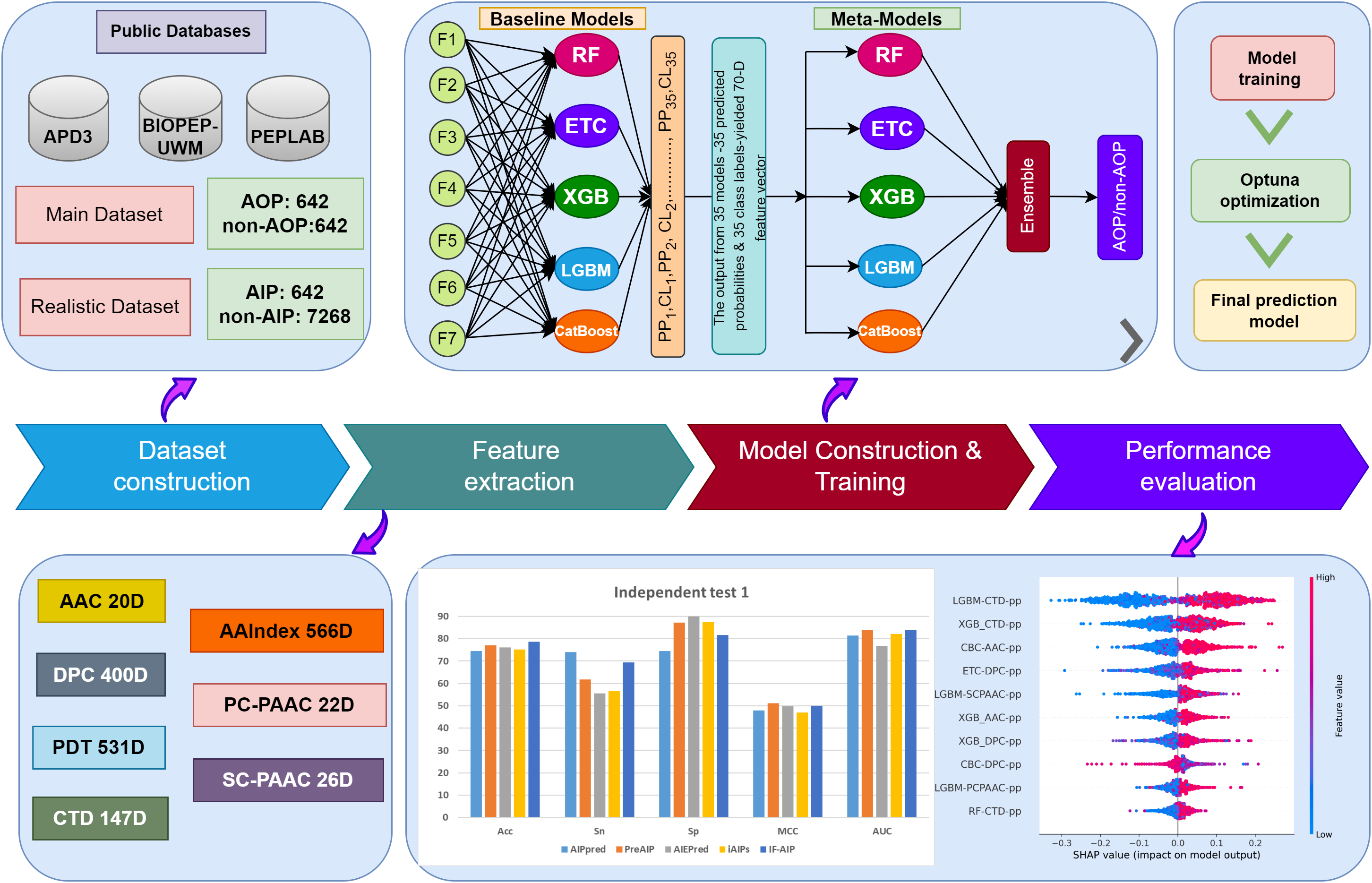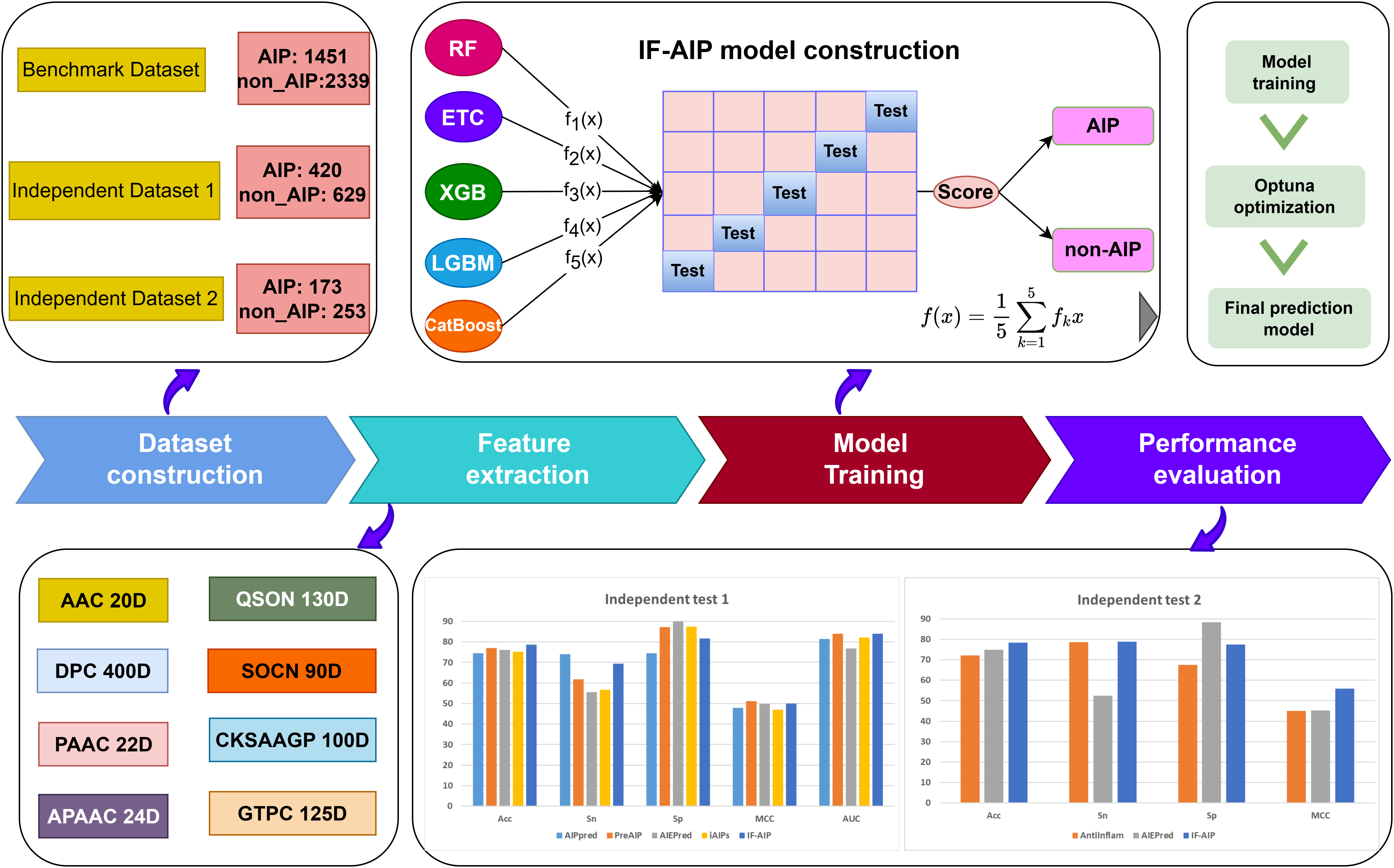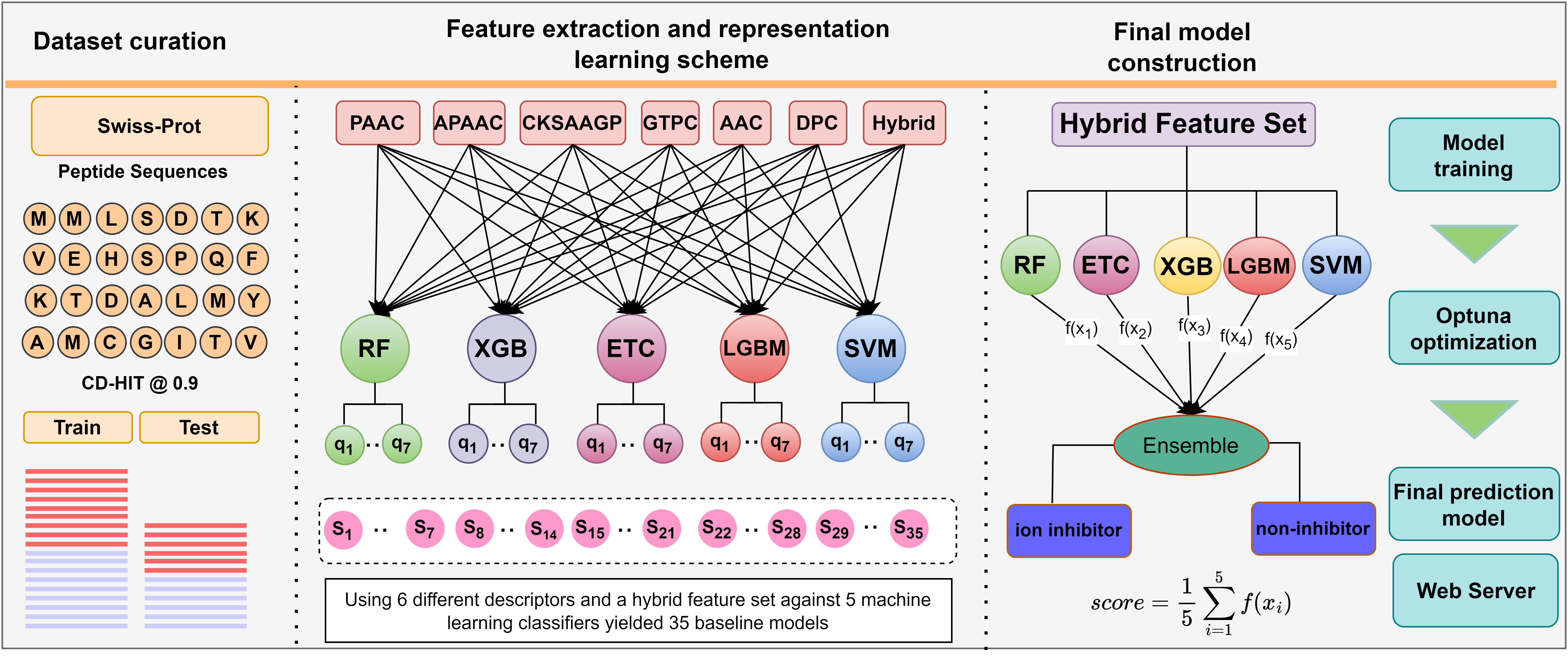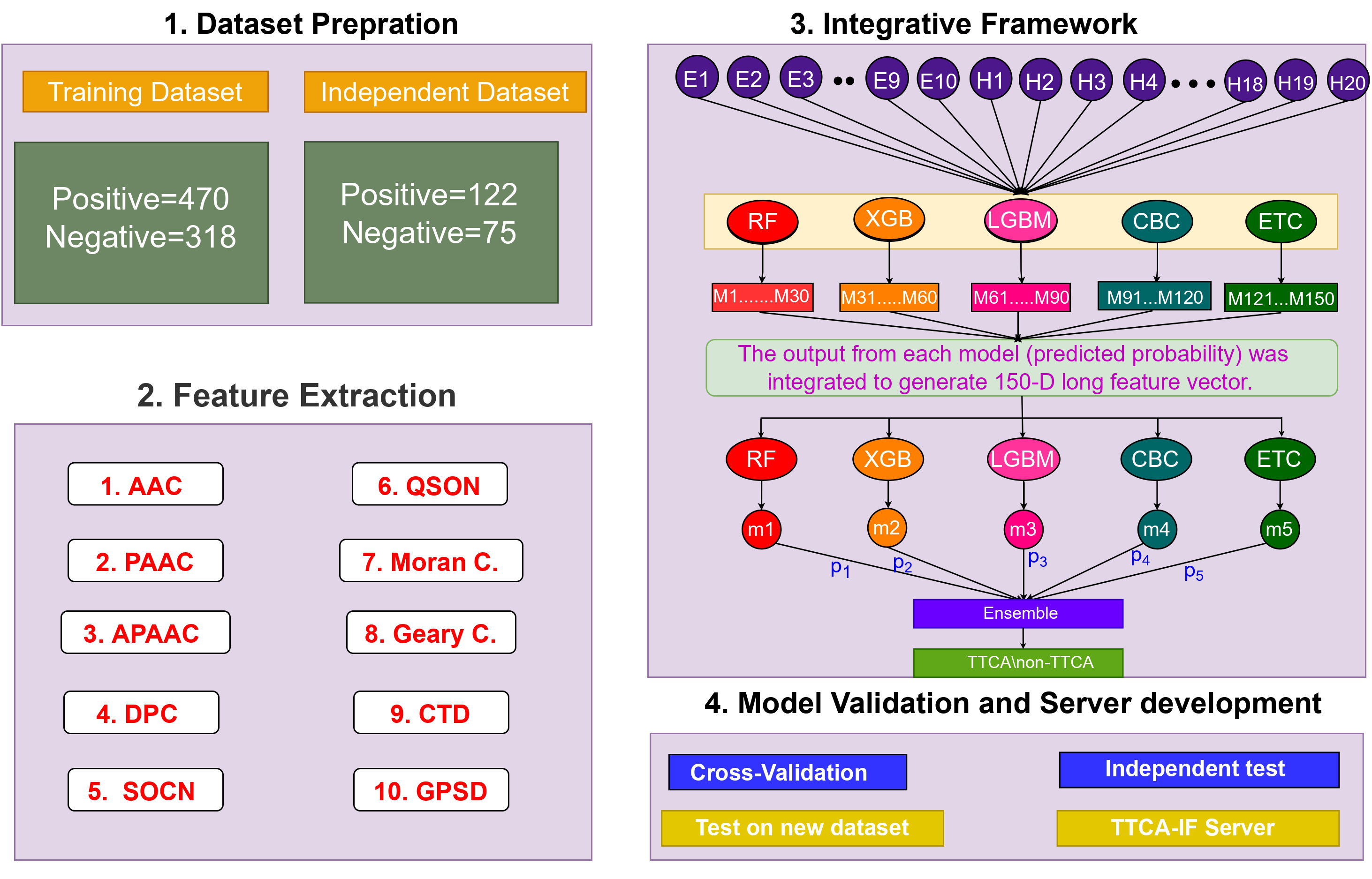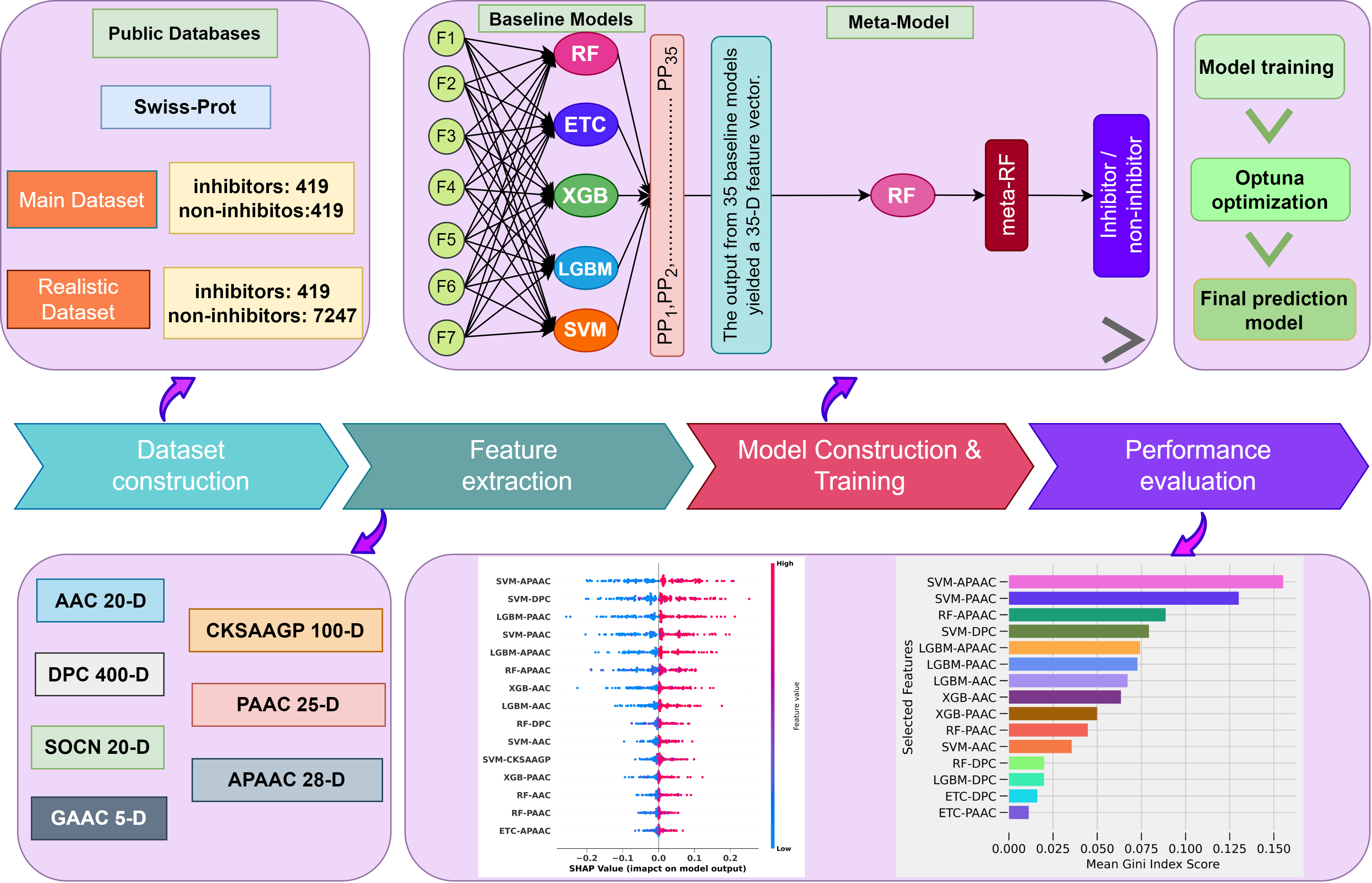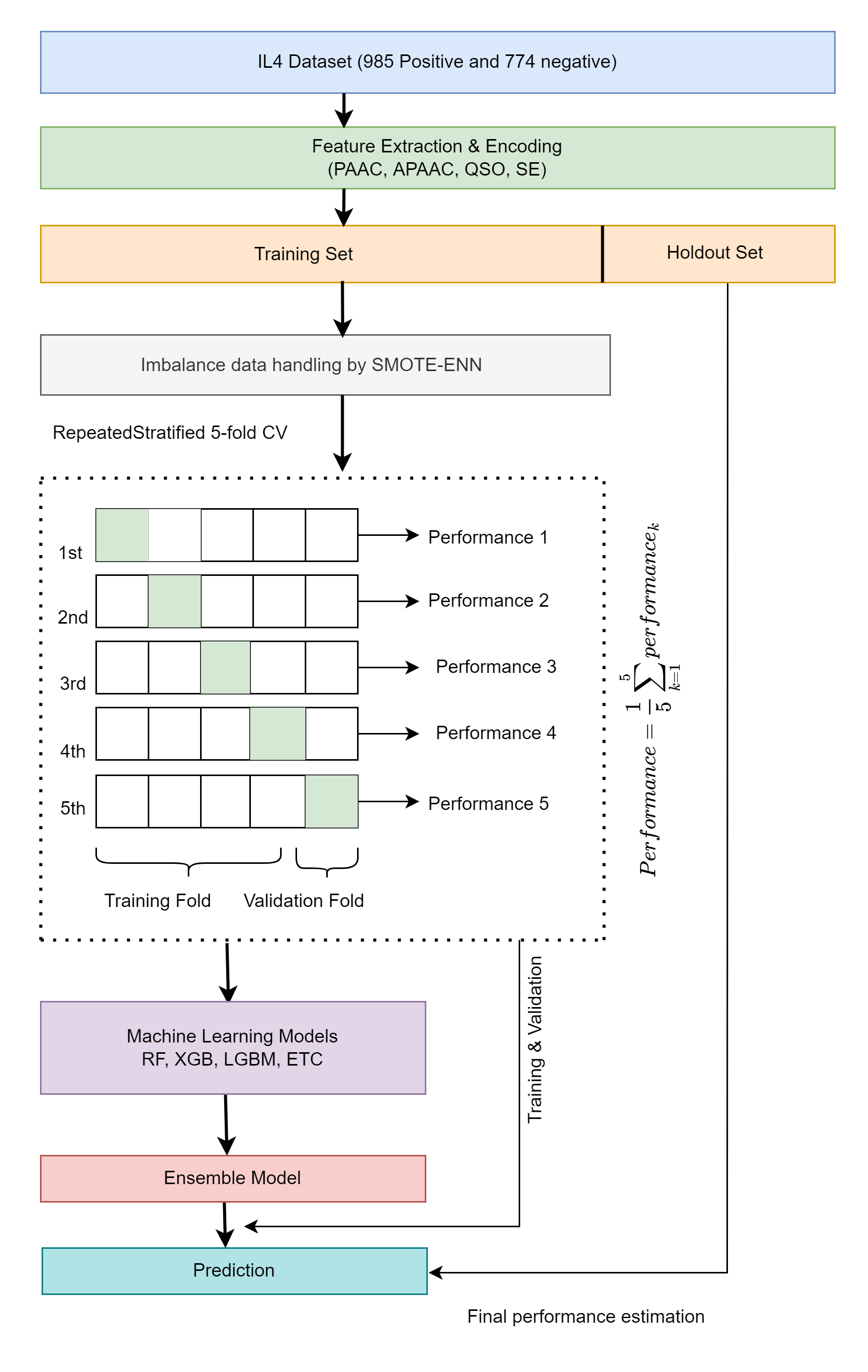Mir Tanveerul Hassan
I am a passionate bioinformatics enthusiast focused on the analysis and prediction of therapeutic peptides using advanced machine learning (ML) and deep learning models. My work involves developing innovative computational methods to identify bioactive peptides with therapeutic potential. In addition to my research, I am highly involved in dataset preparation and preprocessing, ensuring data quality and consistency for robust model training and prediction accuracy. I am committed to leveraging cutting-edge technologies to advance the field of bioinformatics and contribute to the development of novel therapeutic strategies.



